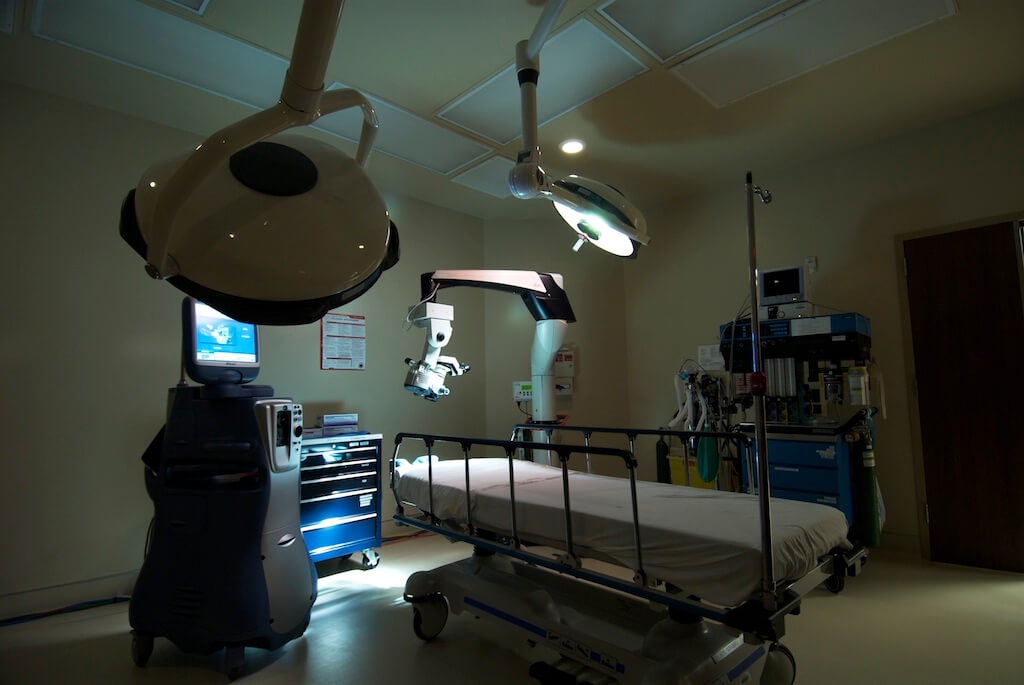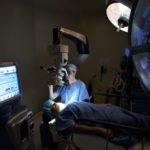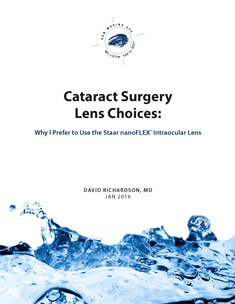
Prior to Cataract Surgery
OK, let’s begin. Following is the first paragraph of a typical cataract surgery operative report.
Preoperatively, Nevanac, Vigamox, Omnipred 1% drops were prescribed or given to the patient to use in the left eye four times a day beginning four days prior to surgery.
Before cataract surgery many surgeons will have the patient start eyedrops to prepare the eye for surgery. These drops perform the following functions:
An Anti-Inflammatory
Anti-inflammotory drops generally are split into two categories: (1) steroids or (2) Non-Steroidal Anti-Inflammatory Drugs aka NSAIDs. There is some evidence that beginning drops a few days prior to surgery can reduce the inflammation associated with surgery. The results of these studies are suggestive but not conclusive so not all surgeons begin anti-inflammatory drops prior to surgery.
An Antibiotic to Protect from Infection
Infection is one of the few complications of surgery that can lead to loss of vision or blindness. Therefore it is worth taking every precaution to avoid it. By starting antibiotics prior to surgery, the bacteria living on the surface of the eye and eyelashes can be reduced. Additionally, the antibiotic builds up in the corneal tissue resulting in a depot of antibiotic that is slowly released into the eye after surgery.
The brand of the drops each surgeon uses may differ, but most surgeons order at least one drop from each of the above categories.
On the morning of surgery, the following drops were placed in the patient’s left eye every 10-15 minutes x4 beginning approximately one hour prior to surgery: Mydriacyl 1%, Phenylephrine 2.5%, Vigamox, Nevanac.
Mydriacyl and Phenylephrine are dilating drops. These are used to enlarge the pupil so that your surgeon can get good visualization of the cataract prior to removal. Again, the brand of dilating drops and method of instillation may differ but dilation is necessary for safe and effective surgery
Next post we will be looking at the following section of the operative report:
The patient was transported to the operating room in a supine position on a Stryker gurney. Once in the operating room, Tetracaine 0.5% drops were placed in the left eye following which Xylocaine 2% jelly was placed in the fornices on the left. The microscope was moved into position and the patient was asked to look at the microscope light which she was able to do without difficulty. The microscope was moved out of position and the patient was prepped and draped in the standard sterile fashion using a povidone-iodine solution over the left face and lashes and a Betadine 5% ophthalmic solution in the fornices followed by a sterile saline rinse. Steri-Strips were used to drape the lashes out of the operative field, following which Tegaderm was placed over the left face through which a lid speculum was placed.
© 2009 David Richardson, MD








Leave a Reply